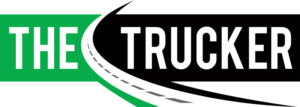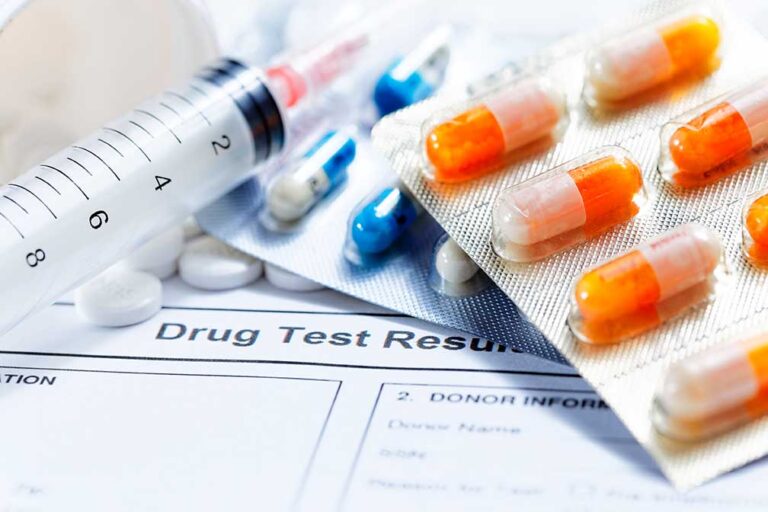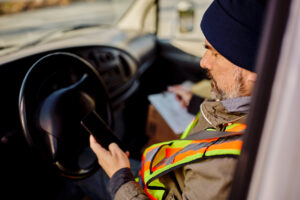The creation of the Federal Motor Carrier Safety Administration’s (FMCSA’s) Drug and Alcohol Clearinghouse was a watershed moment for trucking.
But to fully appreciate the importance of the Clearinghouse, a little bit of background information is needed.
Way back in 1986, when the requirement that professional drivers possess a commercial driver’s license (CDL) was set in motion by the Commercial Motor Vehicle Safety Act, the standard was established for individual states to share driver information with the FMCSA.
Before the new CDL was fully implemented in 1992, it was common for professional drivers to possess “chauffer’s” licenses from multiple states. If one license was in danger of suspension from traffic violations, the driver simply presented a different one to law enforcement.
It took time to align the different computer systems from each state — a battle that continues today — but it is much easier to identify drivers with multiple licenses and harder to hide traffic convictions than before.
Unfortunately, the same benefits weren’t provided for drug and alcohol testing. Carriers were required to ask the former employers of each applicant if they had failed a test or refused to take one. Most of these queries were made using a specialized Safety Performance History (SPH) form.
There really wasn’t a process for reporting those that didn’t answer or gave false information.
Although the return-to-duty (RTD) process after a positive drug screen was in the regulations, drivers often simply tried their luck with another carrier, repeating the process until they found one that didn’t check backgrounds very well.
Carriers didn’t report drug testing results to states, so CDLs weren’t suspended as they should have been.
The Drug and Alcohol Clearinghouse changed all of that.
After the Clearinghouse was established on Jan. 6, 2020, carriers were required to report any negative drug and alcohol information about their drivers. In addition, medical review officers (MRIs) and substance abuse professionals (SAPS) who administered the RTD process were required to report to the Clearinghouse.
Further, carriers were required to submit queries to the Clearinghouse for each driver applicant they hired or leased on, and drivers had to provide their permission to check.
However, because carriers are required to check the driver’s history going back three years, during the first three years of the Clearinghouse’s existence, trucking companies seeking to hire a driver also had to submit queries to that driver’s previous employers.
As of Jan. 6, 2023, once the Clearinghouse contained a full three years of data, carriers are no longer required to ask for drug and alcohol testing information from a driver’s prior employers.
In fact, they aren’t supposed to ask at all. They can still use the SPH form to ask about a driver’s driving and work performance — but not about any drug or alcohol violations or testing.
There are exceptions. Because the U.S. Department of Transportation (DOT) oversees multiple modes of transportation in addition to trucking — such as air, rail, maritime and more — testing is mandatory for some workers in those industries.
Since employers in these industries aren’t governed by the FMCSA or the Clearinghouse, they’re still required to query an applicant’s former employers. These occurrences are pretty rare, but they happen.
To consent to an employer’s inquiry of your Clearinghouse file, you must register with the Clearinghouse at clearinghouse.fmcsa.dot.gov. Click on the “Register” button and complete your information.
Even though the Clearinghouse is now more than five years old, drivers who have not applied for another trucking job during that time may not have registered.
What’s on your record?
As a commercial driver, you are entitled to see what’s in your Clearinghouse file.
Keep in mind that only negative information is recorded, so your report will either indicate that you are in a “disqualified” status or that there is no disqualifying information in your file.
It’s rare that drug testing information ends up on the wrong driver’s record — but it’s possible. Check your record annually or more often to make sure there are no surprises.
If you’ve had a positive drug or alcohol test or a refusal to test, you’ll need to go through an RTD process supervised by an SAP who is registered with the Clearinghouse. The process may include counseling and follow-up testing.
Failure to complete the process will result in your CDL being suspended or revoked.
As of March 2025, nearly 327,000 violations have been reported to the Clearinghouse. That’s an average of over 5,000 per month. Some 291,664 drivers have at least one violation, and some have tested positive for multiple substances.
Positive drug tests account for 81% of reported Clearinghouse violations, with about 59% of positive tests the result of marijuana, or cannabis, use. Despite the fact that many states have legalizing medicinal — and even recreational use of the drug, or at least decriminalizing its possession and use, it remains against federal law to operate a commercial vehicle after a positive test.
Sadly, of 291,664 drivers with a positive substance test result, 63.2% have never even started the RTD process. Rather than requalify to drive, they choose to change careers.
While many of the positive tests are caused by the driver’s recreational use of the drug, some positive results occur for a different reason, such as illness or injury. If the driver uses a drug that was prescribed for someone else, such as a spouse, or even if the prescription was for the driver but is outdated, a positive could still occur.
Last year, about 16% of drug testing violations were for refusal to test.
While there are certainly drivers who avoid testing because they know they have been using, the result is the same as for a positive test — disqualification.
Unfortunately, this also happens to drivers who haven’t been using alcohol or controlled substances. Drivers may be told to report to a clinic for random testing but wait too long to go. Some get tired of waiting if the person responsible for testing isn’t available right away.
If you are informed that you need to report for testing, never assume that you don’t need to go or that you can delay the test.
The result could be disqualification, in which case you’ll need to complete an RTD program. On top of that, you’ll be unable to drive or earn a living until you do.
If your drug and alcohol test comes back positive, or if you’re flagged for a refusal to test, you’ll be informed by a medical review officer. You’ll also be provided with a list of approved SAPs, so you’ll have a chance to choose one to administer the RTD process.
The Drug and Alcohol Clearinghouse has made sharing of data much easier than in the past. Protect your record and your career by checking your file periodically and following all testing instructions.
Cliff Abbott is an experienced commercial vehicle driver and owner-operator who still holds a CDL in his home state of Alabama. In nearly 40 years in trucking, he’s been an instructor and trainer and has managed safety and recruiting operations for several carriers. Having never lost his love of the road, Cliff has written a book and hundreds of songs and has been writing for The Trucker for more than a decade.















I myself ruined my driving career,but so did clearinghouse added to my losing my driving job.
It all started with me on my own time on my own property,unemployed,relaxing on my deck with a coffee and a joint,in the state of Maine where recreational is legal.Upon going back to Florida for the winter because I’m a 71yr old retired snow bird,I called my Co. and said I’ll be arriving soon and I’m ready for work,I volunteered to go take a pre employment drug test,get that out of the way and then I’ll be able to get back to my part time employment.
I soon got a call that my test results showed positive for THC.
So I lost my job for 5yrs,pay alot of money for counciling,more drug test,pay more funds for a return to duty status,ECT. aggravation,
A bit extreme I think,,for smoking some weed on my own time,never on the job,never failed many randoms,never any accidents or violations,with 40plus yrs of driving..
I still have some kind of more programs I have to go through..
It’s really rediculace,,I’m not a narcotic user or habitual offender..
This all started about 3yrs ago..
I agree with the Clearinghouse, but there are laboratories that are certified and do not follow the rules properly. That was my case—I tested positive for metabolized marijuana even though I don’t smoke or drink. When I received my results for a pre-employment test, I took another DOT test and also did a hair test because I couldn’t believe what had happened. Everything came back negative.
My evaluation with the SAP reported that I was not a user and that it seemed like my results had been mixed up, yet the FMCSA Clearinghouse did not remove the mark. I received my pre-employment test results on December 14 and had until December 16 to take the test, but I did it on the same December 14, just 30 minutes after receiving the results. A chronic user wouldn’t do that.
I believe this issue needs to be evaluated more thoroughly by the Clearinghouse, which still lacks personnel for appeals, and responses take between 7 to 10 months. Even though the signature on the specimen sheet is not mine, they still left the mark on my record.
my comment is the above comment